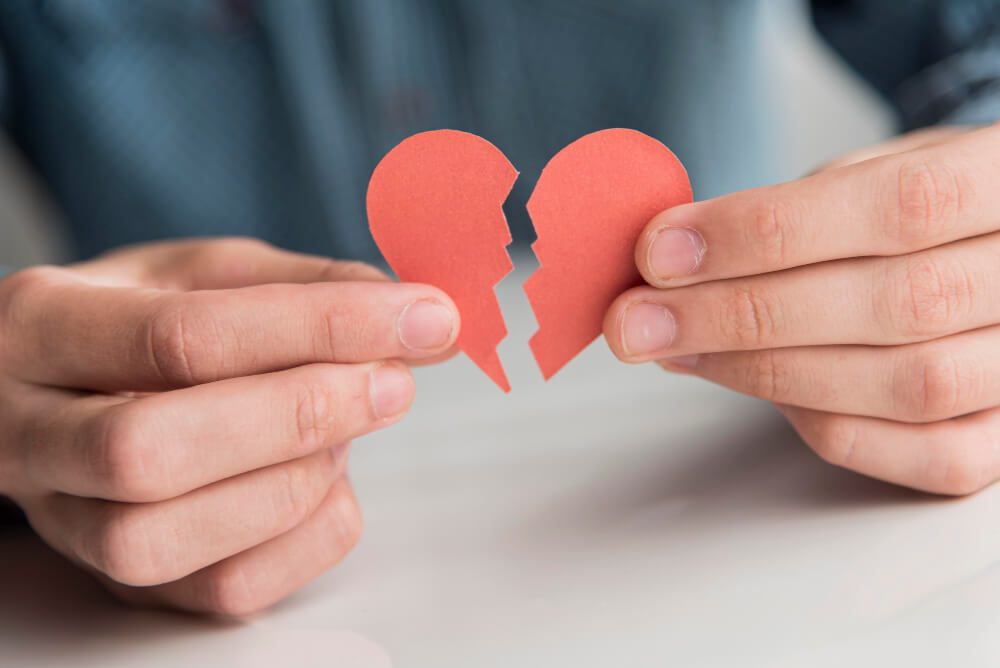WELLNESS SYNDROME

INTRODUCTION
Wellness is a direction for living in view of the all encompassing way to deal with wellbeing. In this long period, also, during the last 10 years specifically, wellness focuses and wellness strategies have become very popular. Furthermore, very much like any pattern, the one connected with wellness might prompt limits. In this particular case, the extremes are characterized as a „wellness condition” – a fixation on a solid way of life.
The boost of the endeavors to accomplish wellness can betray us and cause us to feel awful causing us to detach ourselves from
the rest. The wellness condition prompts a quest for the ideal diet, transforms us into corporate competitors, chasing our own selves and checking every part of our day to day existence. Here it is in to feel great recognizable from being great.
Aim
This article aims to distinguish between the desire for wellness and the other extreme, which is an obsession with psycho-emotional coping mechanisms or a fixation on various cosmetic procedures (which, in addition to their intended benefits, may have unintended consequences if utilized excessively).
One such illness isolates the sufferers from society and the outside world, keeping them in close social circles, which inevitably lowers at least one wellness metric—the social one.
Wellness vs. healthy lifestyle
Because of its quantifiable nature and effects on human wellness that have been demonstrated by science, the idea of a healthy lifestyle has become simpler to define and more firmly entrenched in the scientific paradigm. “Any effort to improve lifestyle and related health metrics also improves the prognosis for disease and, if done early enough, greatly lowers the risk of the development of non-communicable diseases.”
At the moment, a sizable amount of research in the field of wellness is carried out on people with certain illnesses and/or impairments in a medical environment.
In contrast with what causes disease, little is known about what affects wellbeing.
Lifestyle decisions and ways of behaving (eg, active work, reflection, and sustenance), innovation,
social investment and commitment, hereditary qualities, work, school, neighborhood, and other
ecological openings, may all shape wellness.
In the Chunk of ice model of wellbeing and illness (Travis and Ryan, 2004) the real condition of
wellbeing is a result of a few basic levels, with lifestyle filling in as the establishment..
What one eats, the amount he/she moves, what the person does or doesn’t do… these
factors straightforwardly affect the body and in this manner on generally wellbeing. In the interim, human
conduct is driven by sociocultural impacts, yet at the same perhaps more significantly by person
mental cycles that are situated in the feelings and values.
So while advancing wellbeing in every one of the four components of wellbeing as characterized by WHO, we
can’t zero in just on the conduct part addressed by the idea of solid lifestyle,
since we likewise need to consider individual mental and full of feeling qualities.
At last, the term wellness ought to be better than solid lifestyle, since the last option alludes to a
how individual wellness appears in a singular’s life.
However wellness in its abstract and situational nature is difficult to quantify and
portray deductively, it offers a reasonable reason for pragmatic applications when one is
thinking up procedures for wellbeing advancement across all aspects.
End
Because of the broad group of exploration that has been created since the 1960’s zeroed in on improving soundness of the populace, we can now address question How gets it done
work?,
yet at the same time we battle with responding to the inquiry How would we make it work? In other words: We understand how individuals ought to be sound, yet we don’t have the foggiest idea about the way to locking in them in the inspiration and assurance to make it happen.
There are various terms used with regards to wellbeing, including the positive definition of wellbeing, wellness, prosperity, solid lifestyle, wellness, spa and so on.
The test we face today is to obviously convey the messages and techniques we believe our understudies and clients should hear, recollect and use in their training and life.
Consequently it is vital to plainly characterize the terms we use in our texts, talks and distributions.

